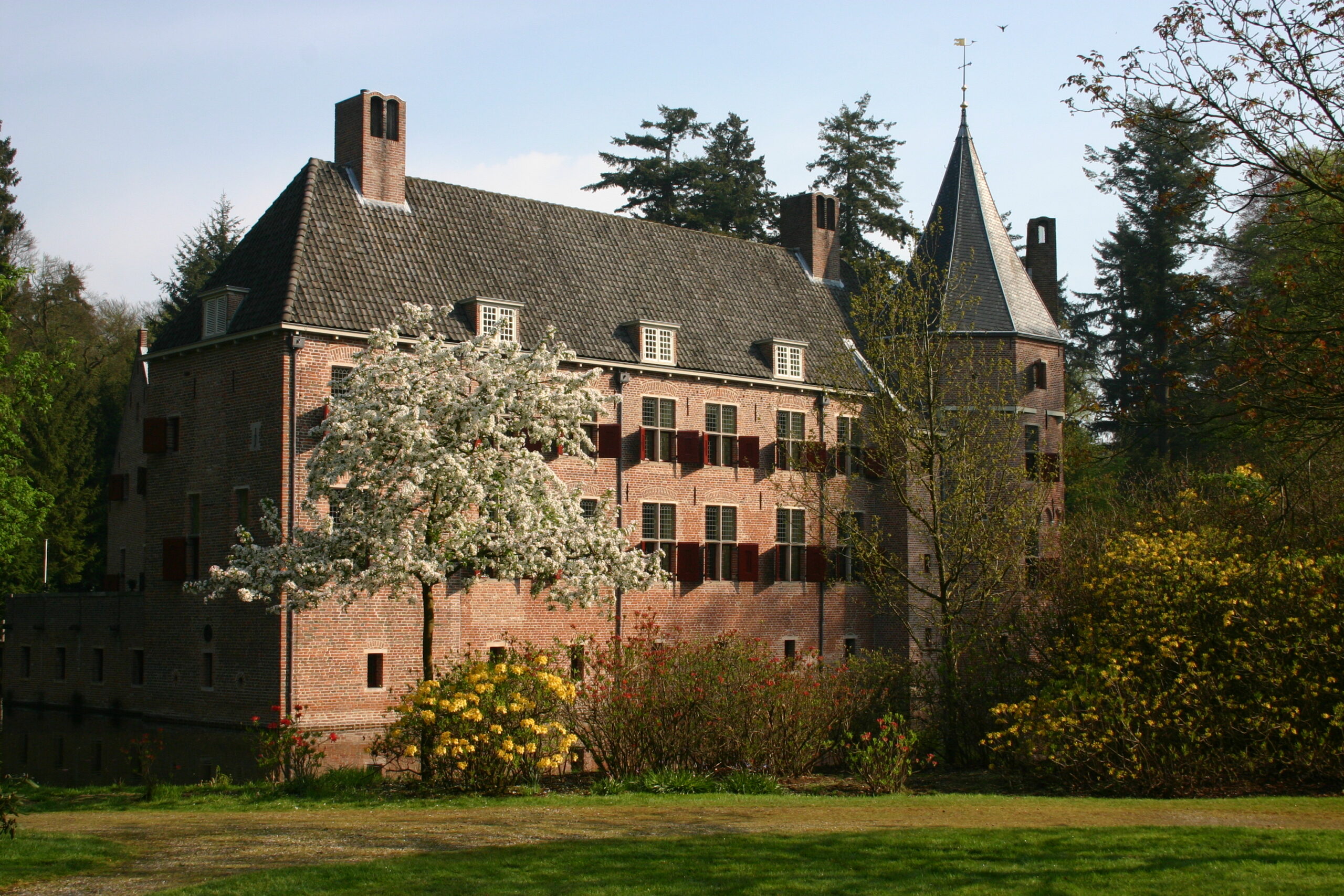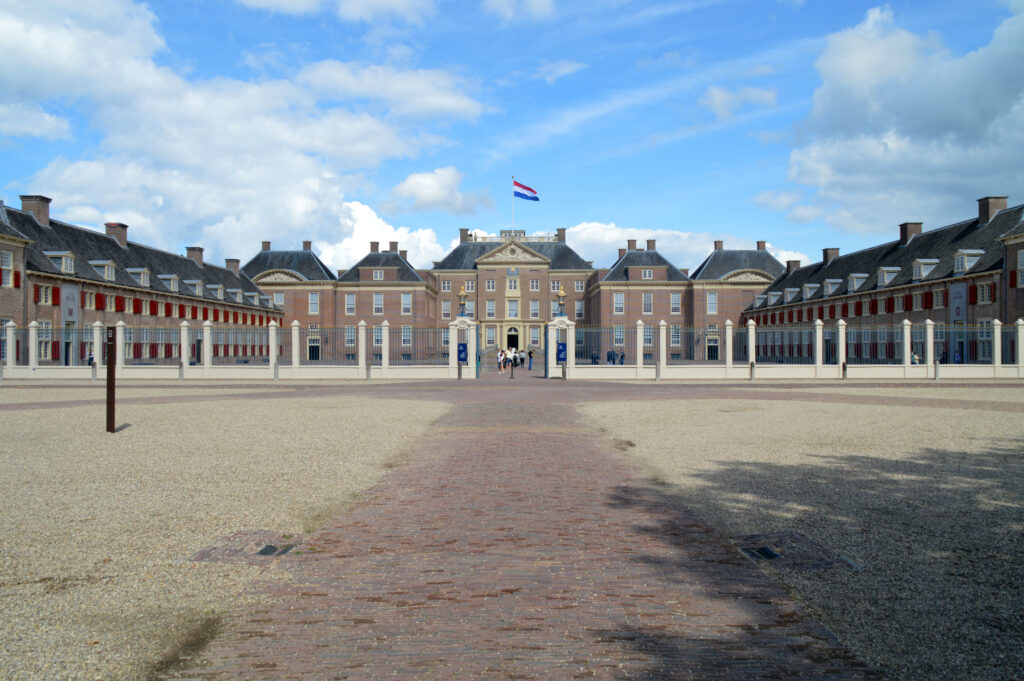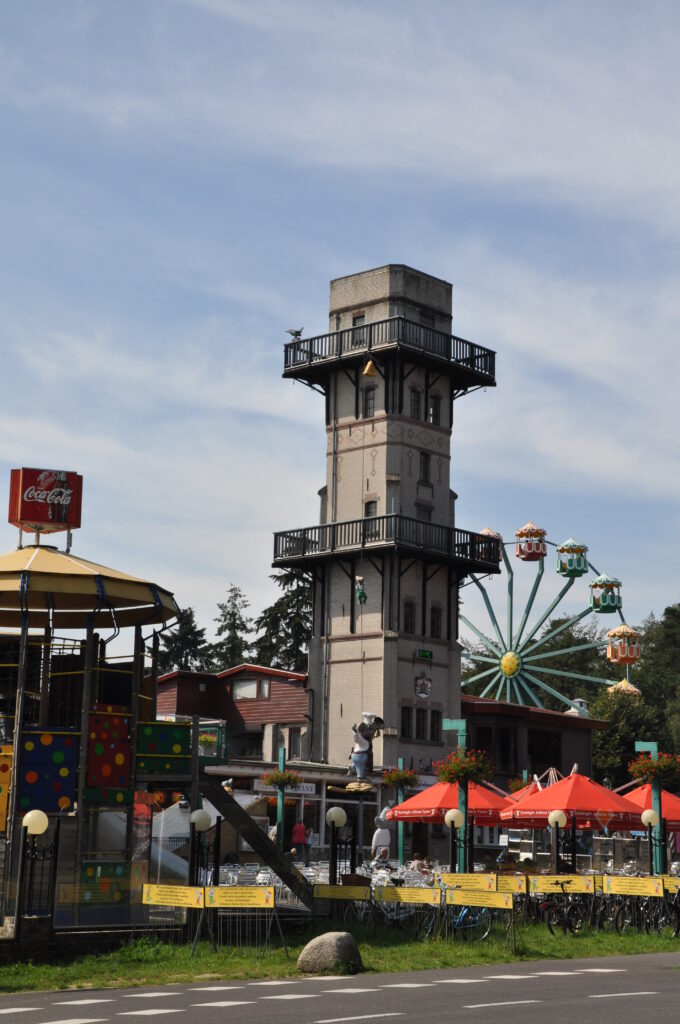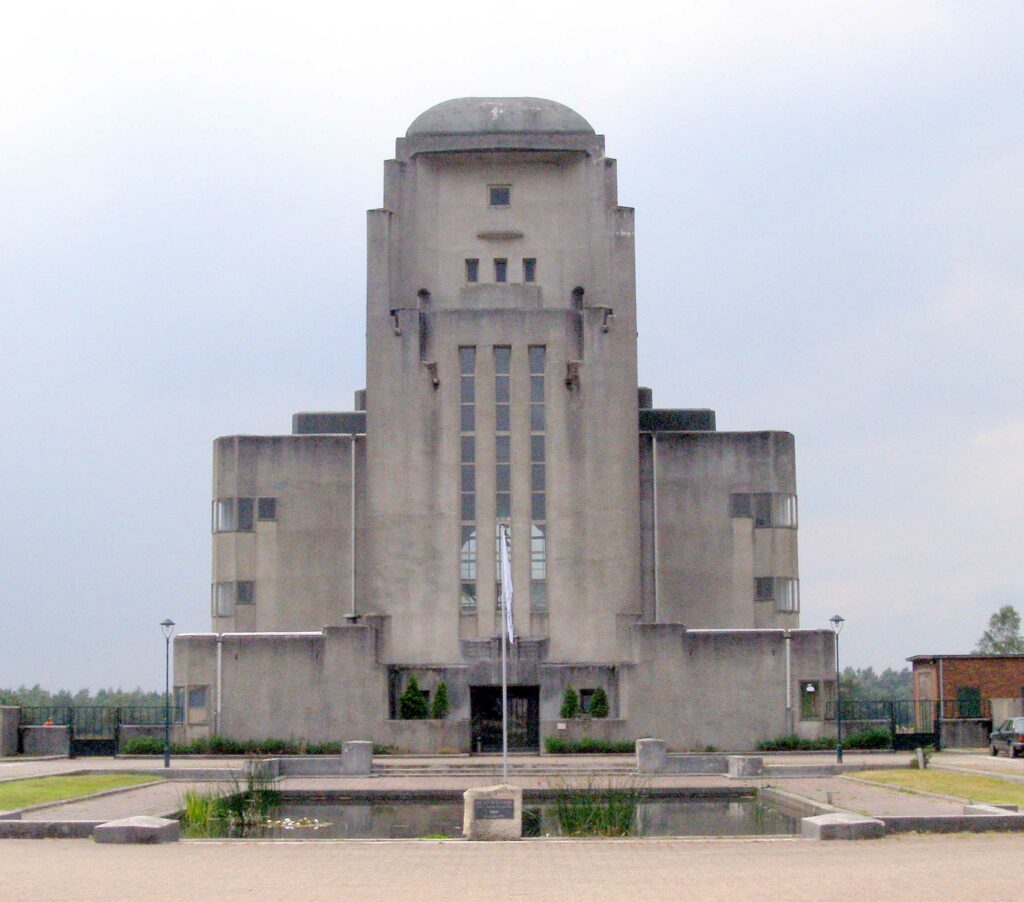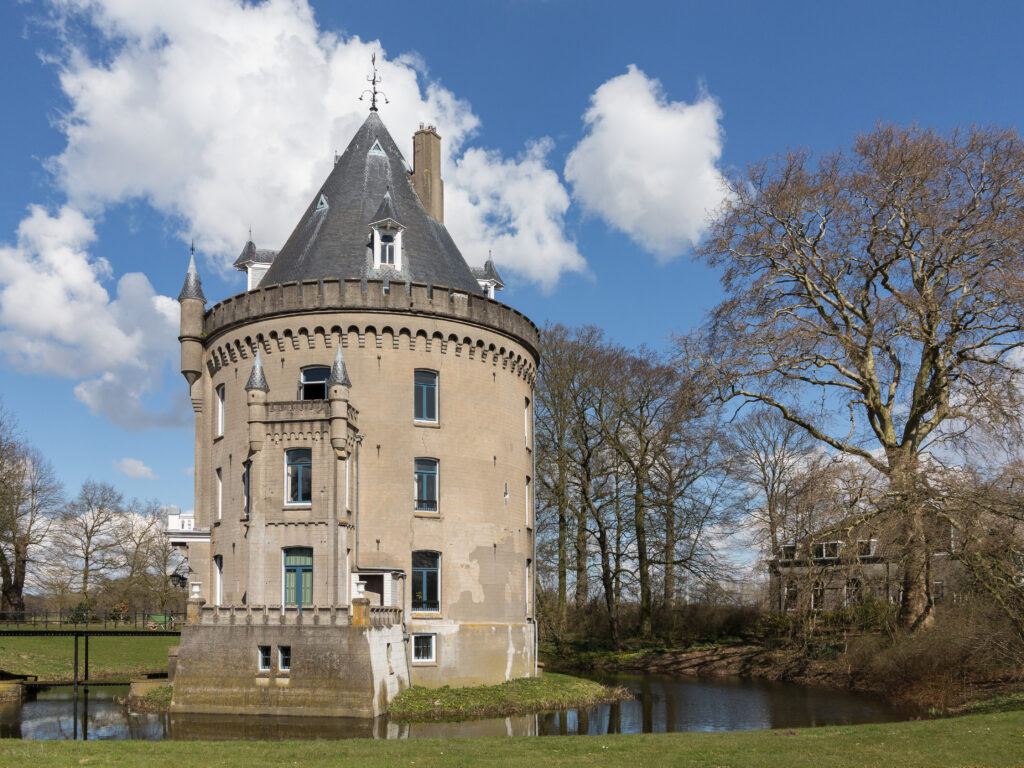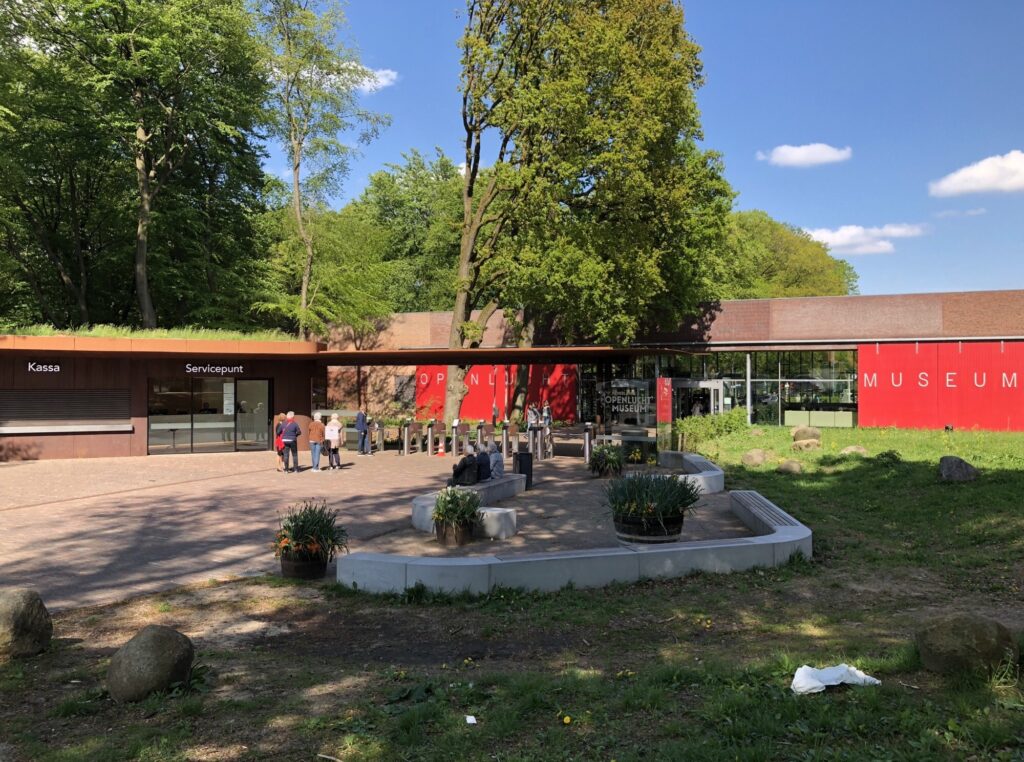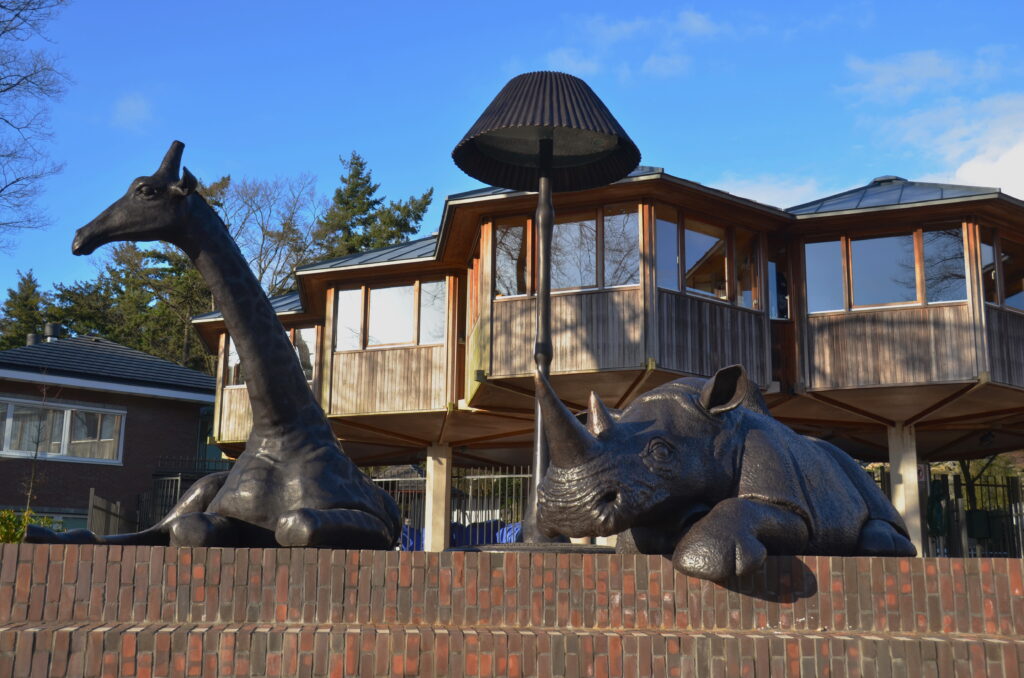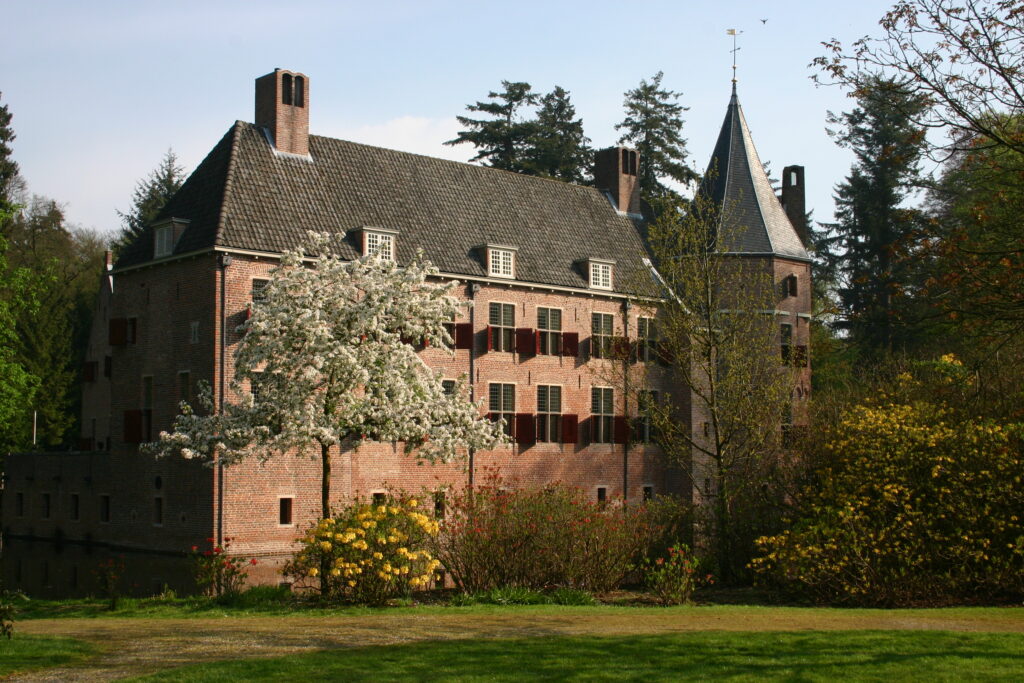
Het Oude Loo Castle, a hunting lodge dating back to the 15th century, is located within the royal estate Het Loo in Apeldoorn, in the Dutch province of Gelderland, not far from Het Loo Palace. The name “Oude Loo” comes from Germanic, where “loo” means “clearing in the forest.”
Galerie photos
History
Het Oude Loo Castle first appears in 1439 as the property of Udo Talholt, a wealthy advisor to the Duke of Guelders. He is believed to have initiated the construction of the castle, whose oldest parts date back to the 15th century.
In the 16th century, Het Oude Loo passed into the hands of the Bentinck family, who expanded the castle around 1540. It later changed owners, coming into the possession of the D’Isendoorn à Blois family. Originally, the castle was a modest structure consisting of a rectangular building with two corner towers. In the mid-16th century, extensions were added to form a closed courtyard, and only certain parts, such as the rear corner tower, date from the original period of construction.
The 18th century was marked by frequent changes of ownership, often due to inheritance issues. In 1795, following the flight of Prince William V to England, the French revolutionary army seized the castle and stationed a garrison of 3,000 soldiers there.
The 19th and 20th centuries
In 1806, after the creation of the Kingdom of Holland under Napoleon, King Louis Bonaparte resided there and decided to fill in the moat around the castle, fearing it might cause the fulfillment of his prediction of dying by drowning.
In 1904, Queen Wilhelmina commissioned architect Pierre Cuypers to restore the castle. He altered the building, particularly the southwest tower and the addition of a new tower, and extended the work to include stylistic adjustments. Upon his death in 1921, his son Jos Cuypers completed the restoration. However, after the restoration, the castle was little used and quickly deteriorated. By 1948, the roof structure was in such poor condition that safety measures became necessary.
Modern restoration
In 1968, a new restoration was undertaken by C.W. Royaards, who modified several of Cuypers’ changes, notably by removing some extensions and restoring simpler and more original forms. The restoration was completed by J.B. van Asbeck in 1976.
Owners
Het Oude Loo has belonged to several influential families over the centuries, including the Varick, Arnhem, Voorst, and Isendoorn families. In 1684, William III, Stadtholder, acquired the property, but as it was insufficient to accommodate the court, the construction of Het Loo Palace began shortly afterward.
In 2006, Crown Prince Naruhito and Princess Masako of Japan stayed at the castle, offered to them by the Dutch royal family to escape the pressures of the Japanese court.
Today
Het Oude Loo has been a national monument owned by the Dutch state since 1968. The Dutch royal family continues to use it, mainly for family gatherings. The castle itself is not open to the public, but its gardens can be visited from March to May. Visitors can admire a pond decorated with statues, a tree-lined maze, and an outdoor bowling green.
